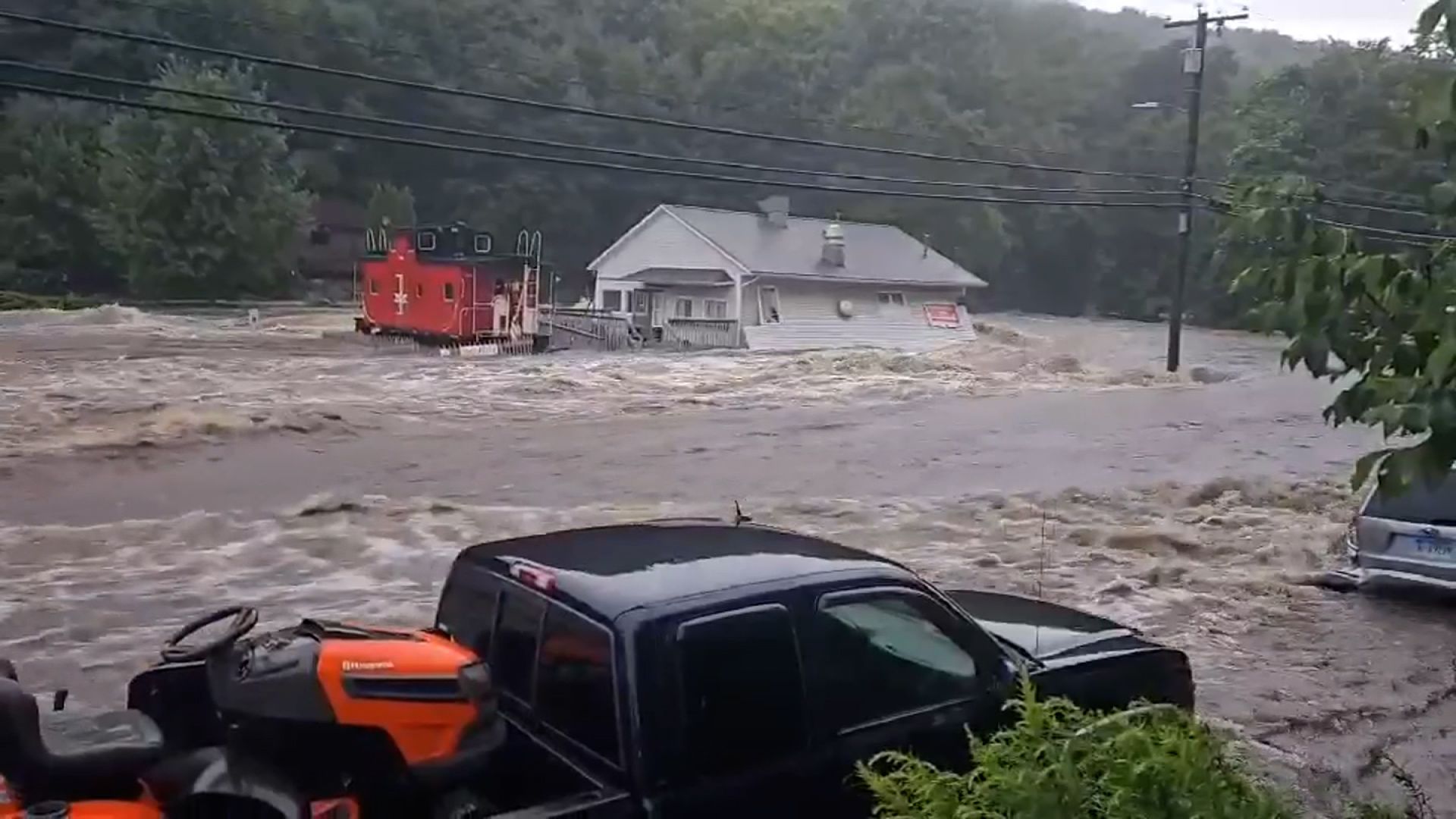On a recent occasion, Connecticut experienced a catastrophic weather event characterized as "training thunderstorms," which resulted in significant flooding and the tragic loss of two lives. Training thunderstorms occur when successive storm cells move over the same area, leading to prolonged periods of heavy rainfall. This phenomenon not only exacerbates the effects of precipitation but also poses severe risks to life and property. The intense rainfall associated with these storms can overwhelm drainage systems, leading to flash floods that can develop rapidly and without warning.
The consequences of such extreme weather events are multifaceted, impacting both individuals and communities. In this instance, the fatalities underscore the critical need for effective emergency preparedness and response strategies in regions prone to such meteorological phenomena. Local authorities must prioritize public safety by disseminating timely information about impending storms and potential flooding risks. Additionally, infrastructure improvements, including enhanced drainage systems capable of managing increased water flow during extreme weather conditions, are essential to mitigate future incidents.
Heavy rain pounded New York, Connecticut and New Jersey overnight. Two locations — Suffolk County, New York, and parts of Fairfield and New Haven counties in Connecticut — experienced historic rain, reaching the threshold of 1,000-year rainfall event.
About 10 inches of rain fell in 12 hours around Oxford and Southbury, Connecticut; meanwhile, Suffolk County clocked an estimated 7 inches in three hours near Stony Brook.
Firefighters were trying to get the first woman to safety when the flooded Little River swept her away, Oxford Fire Chief Scott Pelletier said at a news conference with other Connecticut officials. The second woman got out of her car and tried to cling to a sign, but “the racing water was too much” and swept her away, too, he said.
“This is a tragic and devastating day for Oxford,” the town’s first selectman, George Temple, said.
U.S. Sen. Richard Blumenthal added, “Who would have thought the Little River would turn into a gushing torrent of destruction, which is what happened.”
In nearby Southbury, Lucas Barber used wilderness first responder techniques he learned as a backpacker and rock climber to wade through chest-high water to save Patrick Jennings, who has a prosthetic leg, and Jennings' dog from a car outside the Southbury Plaza mall.
Connecticut’s emergency operations center is monitoring the situation and has deployed an urban search and rescue team to Southbury, the state’s Emergency Management and Homeland Security Department said in a post on X.
At least two state parks were closed due to flooding, according to posts on the Connecticut State Parks X account.
Meanwhile, more than 700 flights were canceled at the three major airports near New York City on Sunday as thunderstorms hit the area on Sunday evening.
Read more
Granting workers the right to disconnect could enhance the economy, according to No 10. Morgan Stanley International chair Jonathan Bloomer among missing in Sicily yacht sinkingSarah H
Also on site :
- Lowering blood pressure aggressively may reduce dementia risk
- NBA playoffs 2025: Pistons beating Knicks 100-94 in Game 2
- NASA Unveils Striking Asteroid Close-Up shaped like a lumpy bowling pin

